1. The Galveston hurricane in September 1900 — 6,000 to 12,000 deaths and $605 million in damages
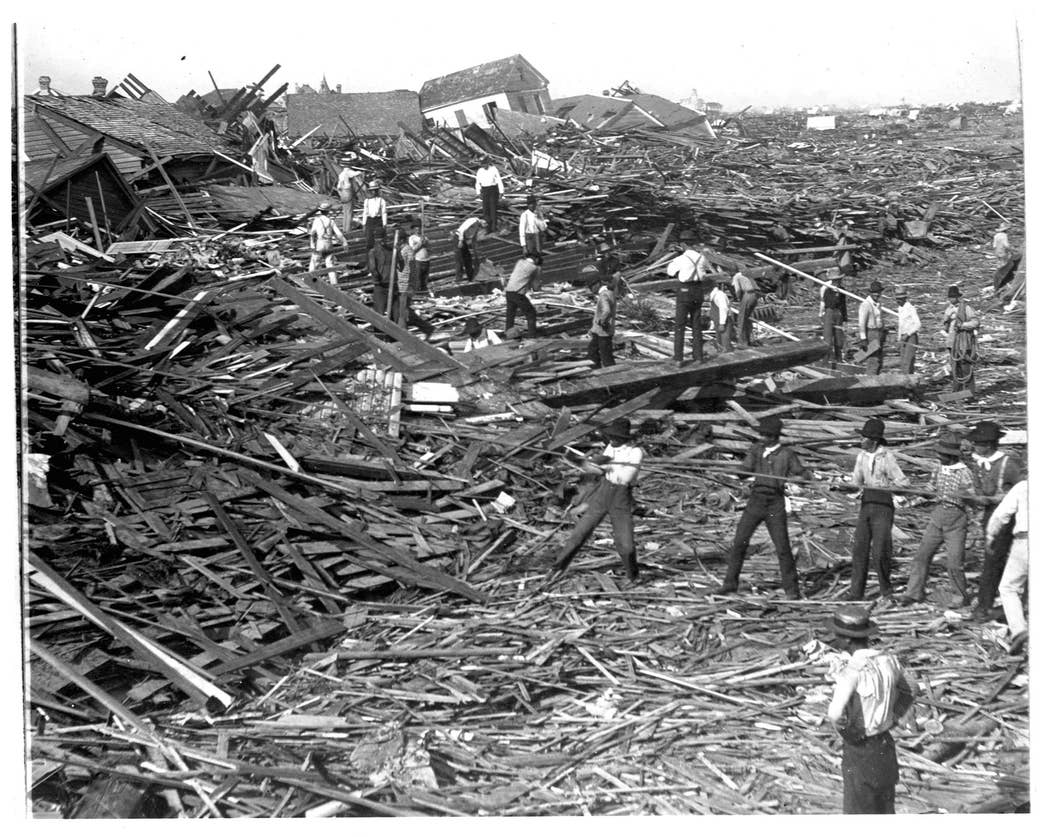

The Galveston hurricane was recorded as a Category 4 storm when it struck the Texas coast on Sept. 8, 1900. With estimated winds of up to 145 mph and a storm surge of 15 feet, the hurricane virtually demolished the city of Galveston when it made landfall. It was reported that due to the high number of casualties from the storm, many of the deceased had to be buried at sea in the Gulf of Mexico.
2. The Okeechobee hurricane in September 1928 — at least 3,500 deaths and $1.4 billion in damages
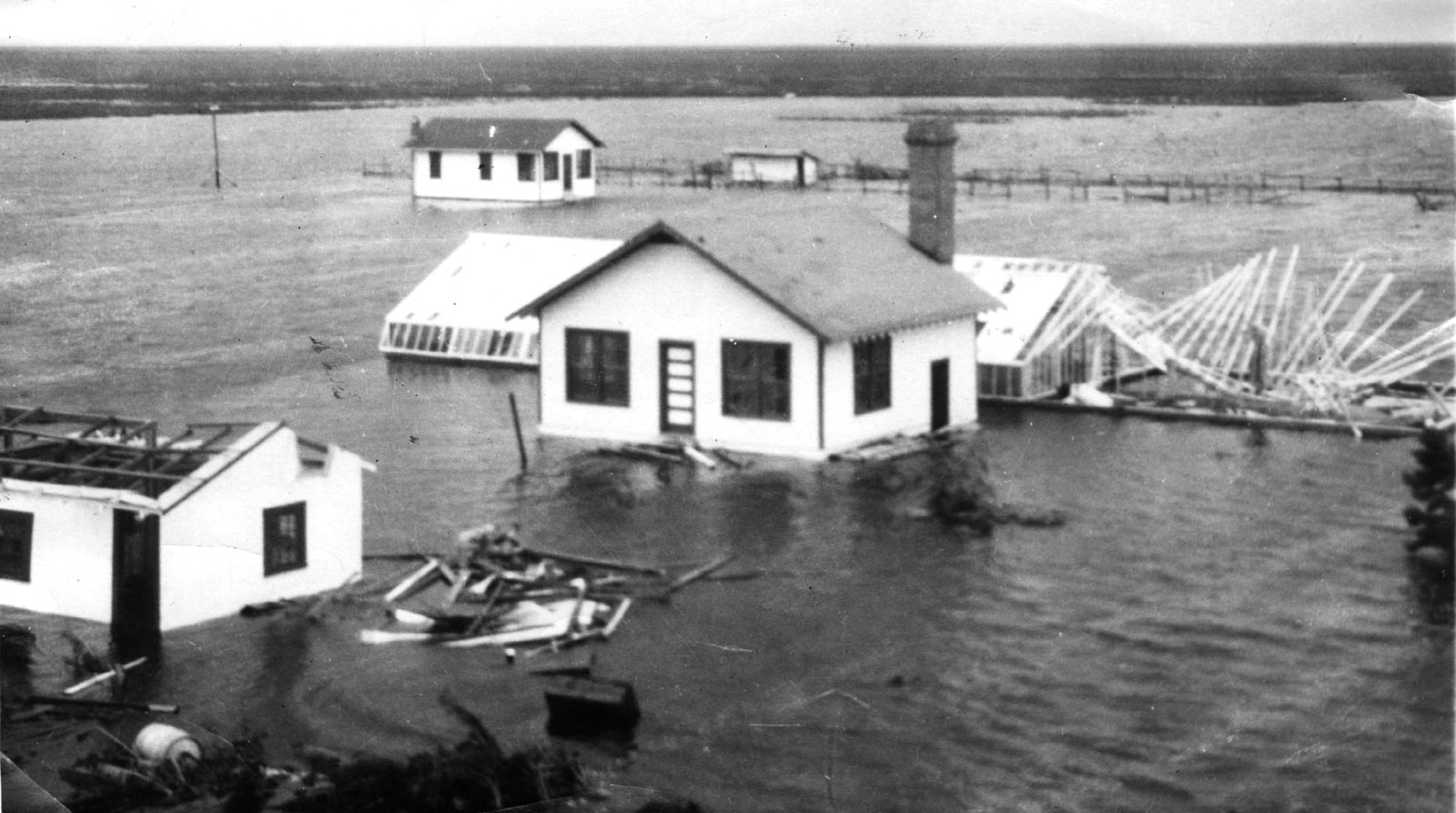

Also known as the San Felipe Segundo hurricane, this Category 5 storm made landfall near West Palm Beach, Florida, with winds as severe as 150 mph. While the impact was responsible for the destruction of 1,711 homes in the city, some of the most catastrophic damage occurred as Lake Okeechobee and its surrounding areas flooded. Roughly three-quarters of the storm's victims were migrant workers, many of whom were never recovered or identified.
3. Hurricane Katrina in August 2005 — at least 1,245 deaths and $108 billion in damages
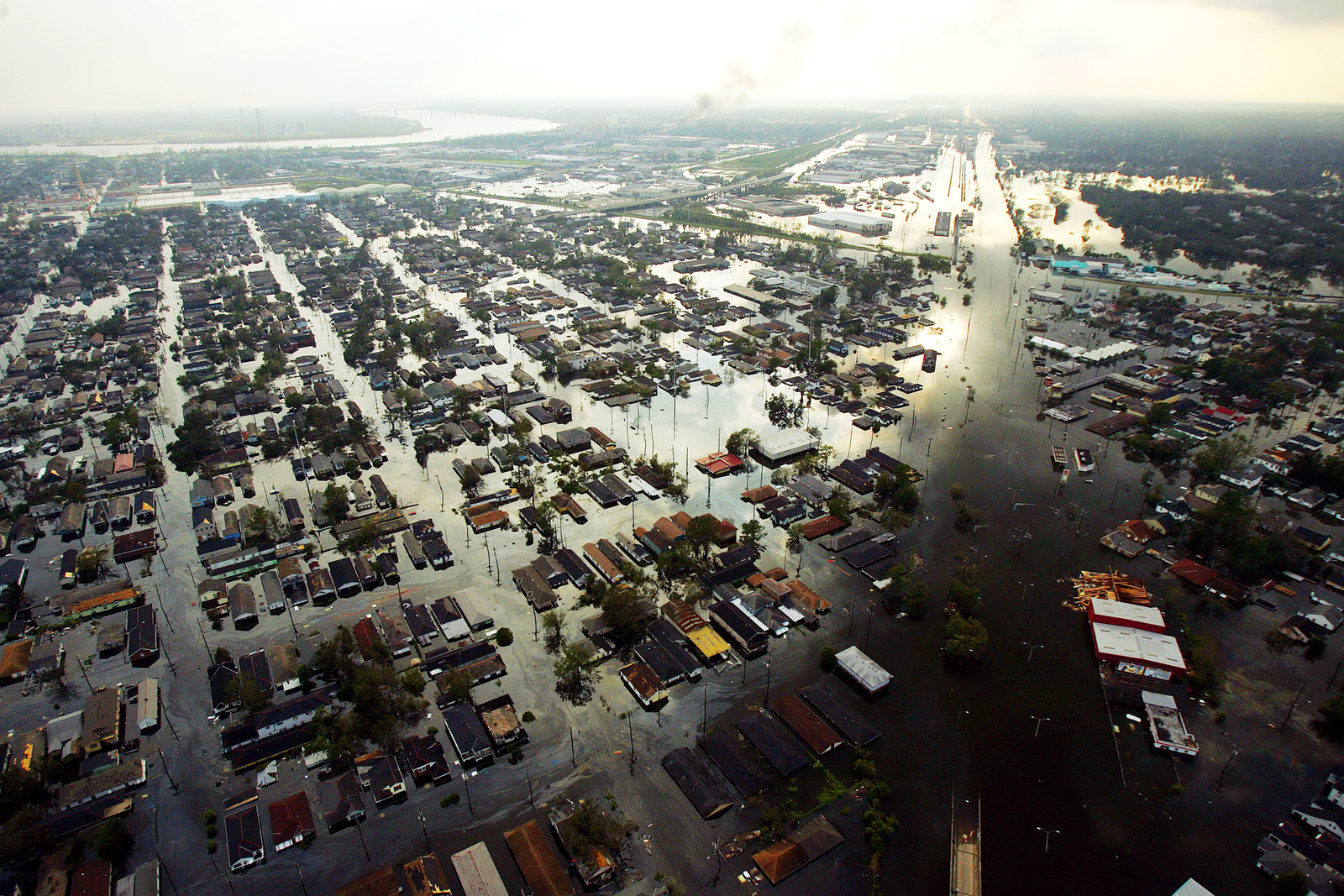
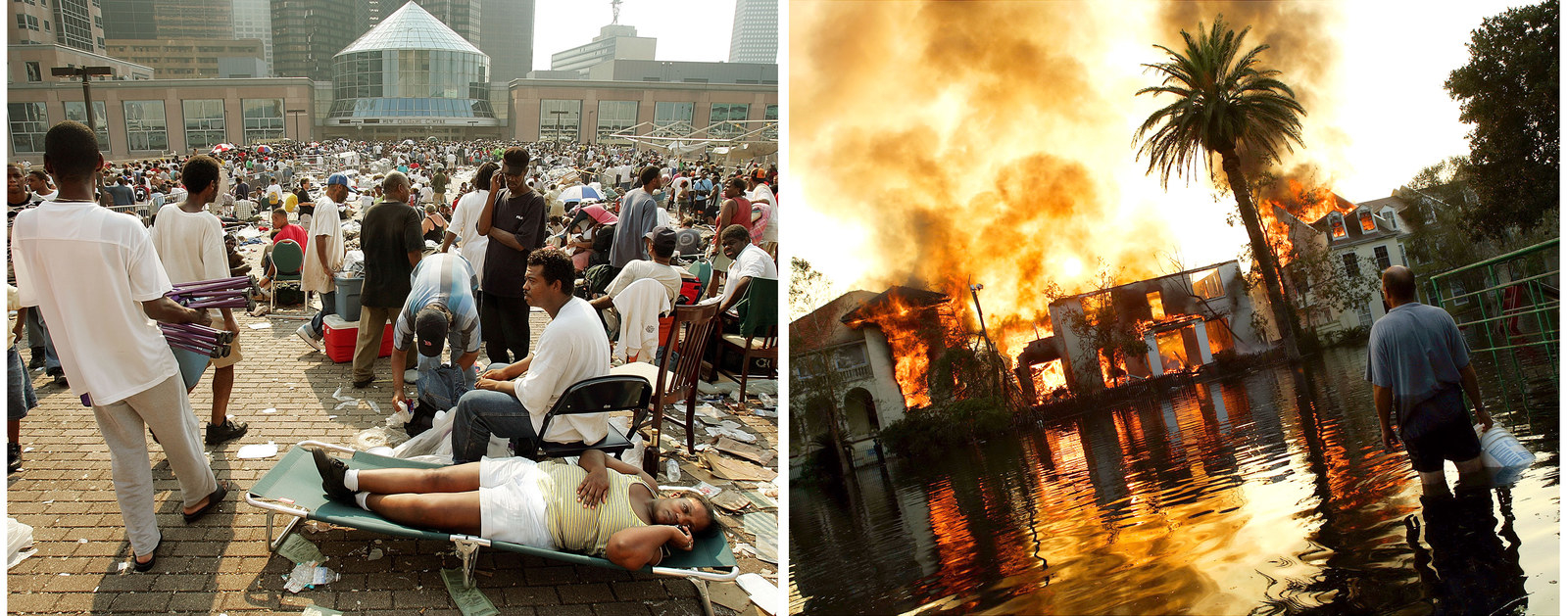
With winds as strong as 127 mph, Hurricane Katrina made landfall near Grand Isle, Louisiana, as a Category 3 storm. The most severe damage occurred in the wake of the hurricane when a number of major levees were breached, resulting in catastrophic flooding that left much of New Orleans submerged. Nearly 20,000 evacuees were forced to take shelter in the storm-damaged Superdome.
4. The Chenière Caminada hurricane in October 1893 — estimated 2,000 deaths and $129 million in damages

Also known as the Great October Storm, the Chenière Caminada hurricane was a powerful Category 4 storm that devastated the island of Chenière Caminada, Louisiana, west of Grand Isle off the coast. More than half of the island's population was killed when the waters surged up to 16 feet. Of the 400 buildings that existed before the storm, only four were left standing when the storm cleared.
5. The Sea Islands hurricane in August 1893 — 1,000 to 2,000 deaths and $25 million in damages

The Sea Islands hurricane of 1893 struck near the town of Beaufort, South Carolina, as a powerful Category 3 storm, reducing the entire town to rubble.
6. The South Carolina–Georgia hurricane in August 1881 — 700 deaths

Of the seven tropical cyclones that struck the US in 1881, the fifth — a Category 2 hurricane — made landfall just south of Savannah, Georgia, with winds of up to 105 mph. A storm surge of 15 feet was reported in Beaufort, South Carolina, causing widespread destruction in the region.
7. Hurricane Audrey in June 1957 — at least 416 deaths and $1.3 billion in damages

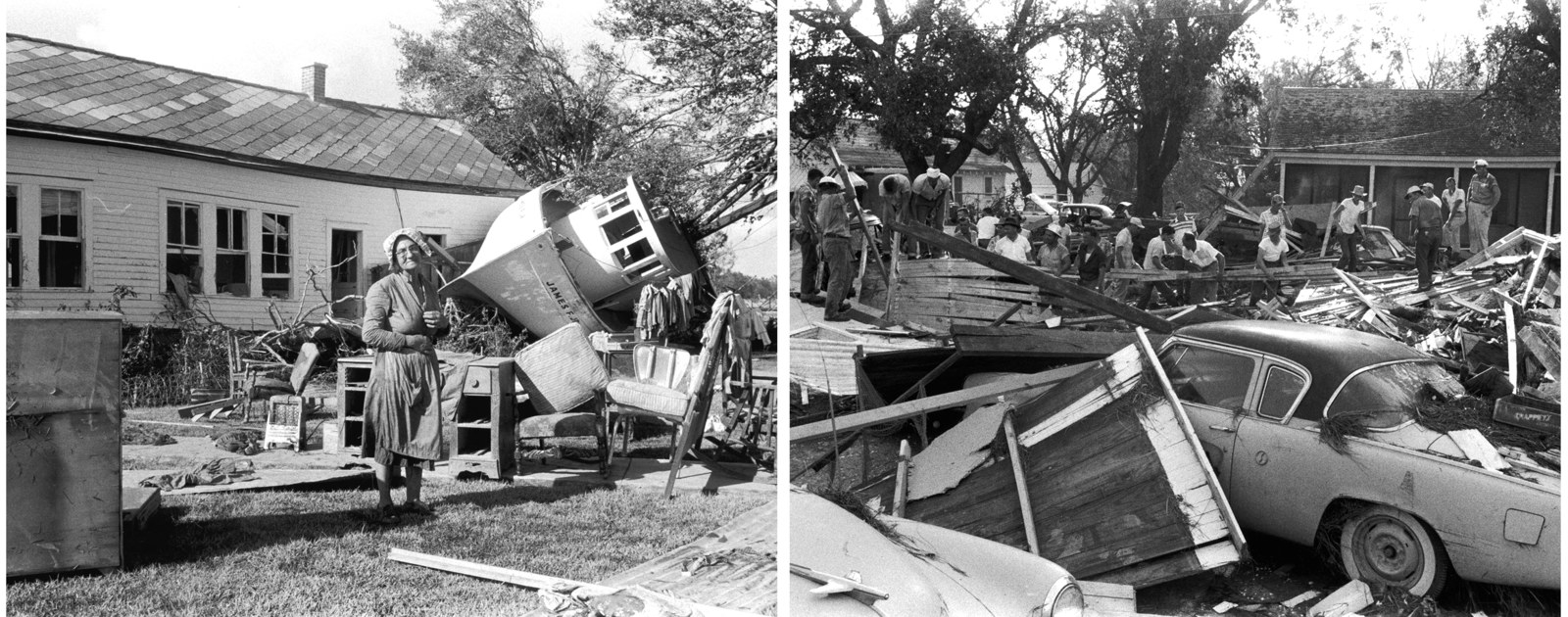
Hurricane Audrey made landfall in Texas and Louisiana on June 27, 1957, as a powerful Category 4 hurricane with winds as severe as 150 mph. A 12-foot storm surge swept across the region, flooding more than 1.6 million acres of property and farmland.
8. The Labor Day hurricane in September 1935 — 408 deaths
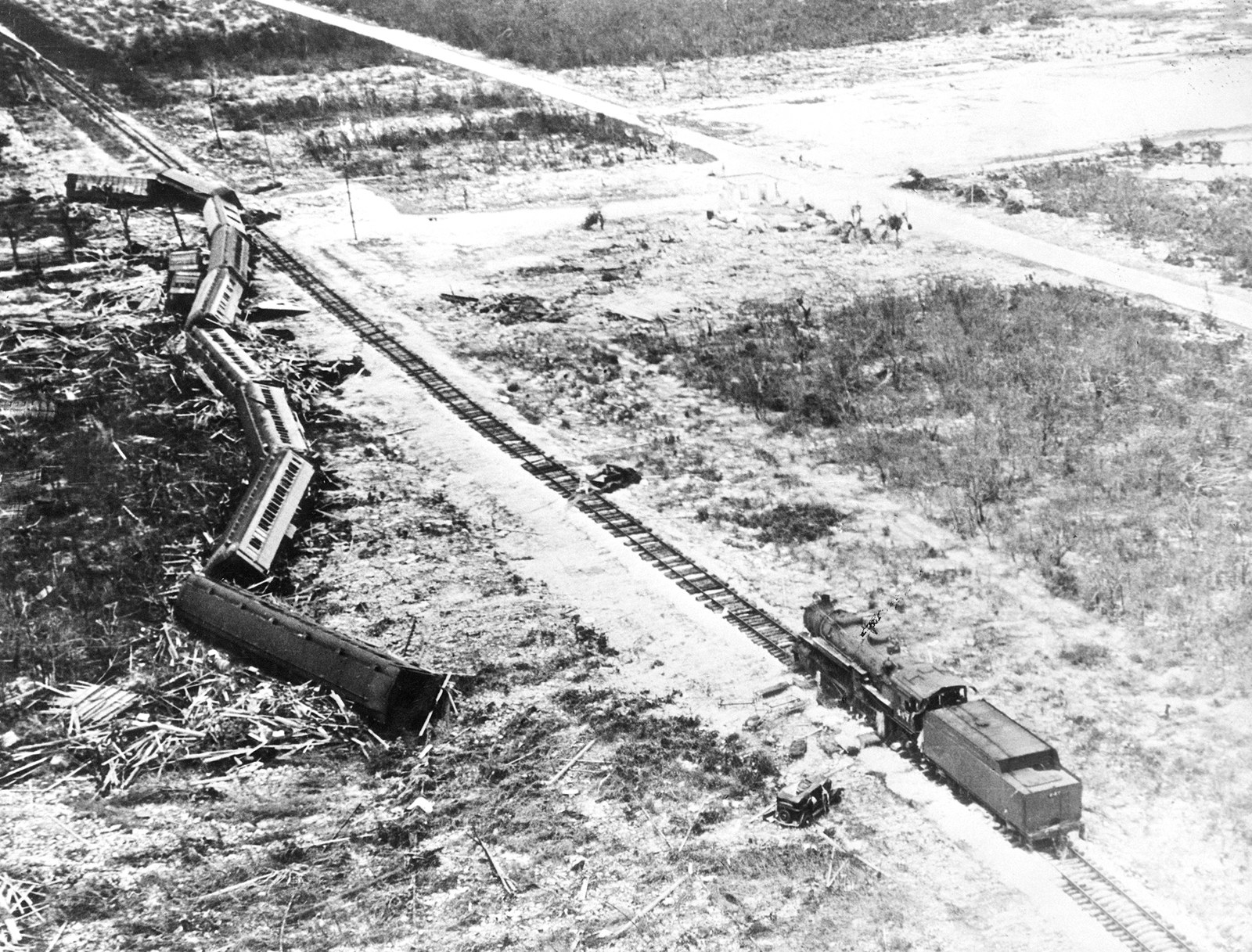
The Labor Day hurricane of 1935 devastated the Florida Keys with winds reported up to an incredible 185 mph and a storm surge that reached 20 feet above sea level. The storm laid waste to nearly every building in Upper Keys. In the picture above, a Florida East Coast Emergency Relief train was toppled from its tracks by the violent storm surge while it was en route to rescue victims.
9. The Last Island hurricane in August 1856 — at least 200 deaths

Of the roughly 400 people living on Last Island, Louisiana, at the time of the hurricane's landfall, fewer than half are reported to have survived the storm. The hurricane made landfall as a Category 4 storm with winds up to 150 mph. According to legend, unsuspecting aristocrats were at first amused by the weather, and decided to host a party at the island's largest and most lavish hotel. By the time the storm had passed, there was no sign of civilization left on the island.
10. The Miami hurricane in September 1926 — 372 deaths and approximately $100 billion in damages
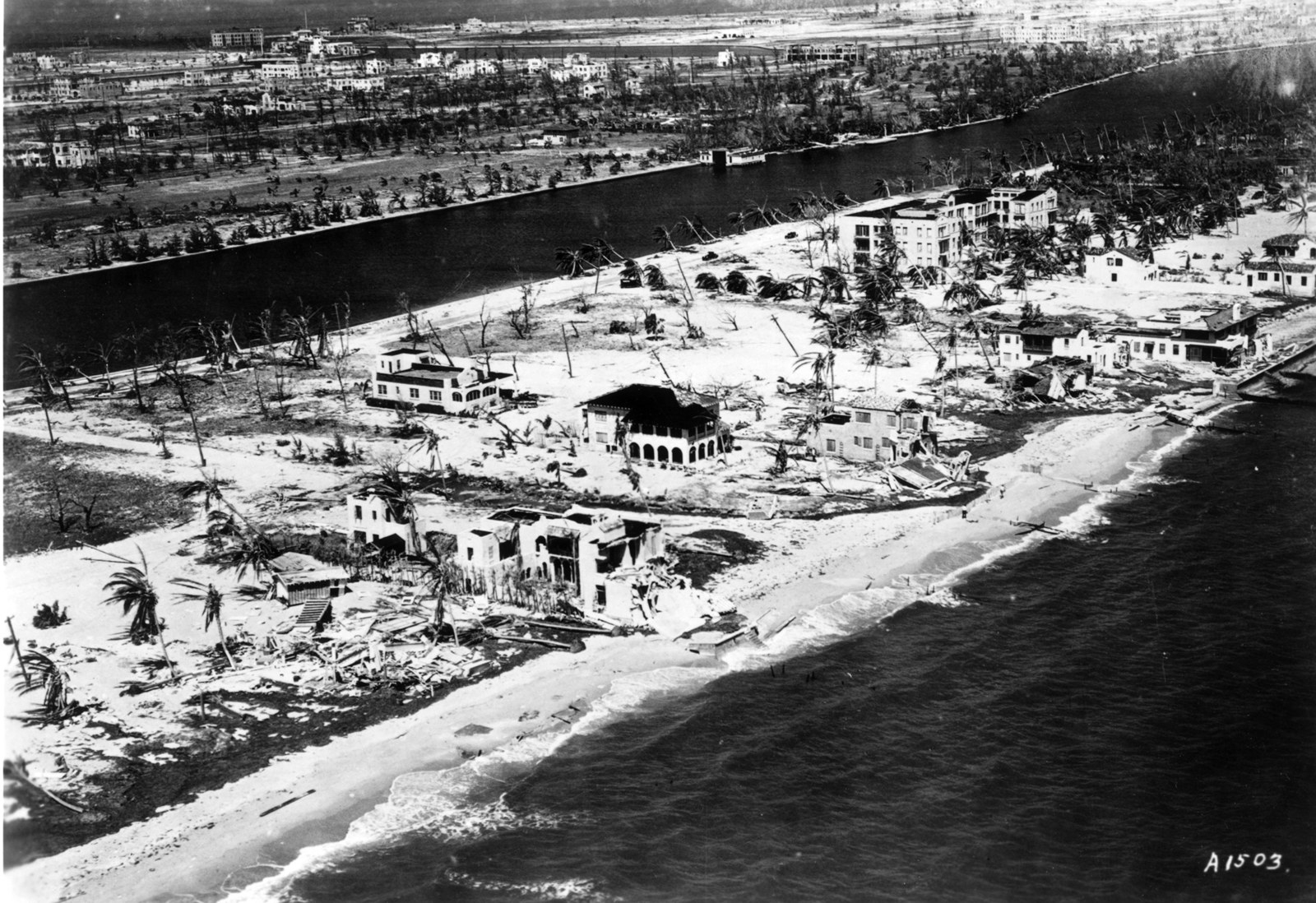
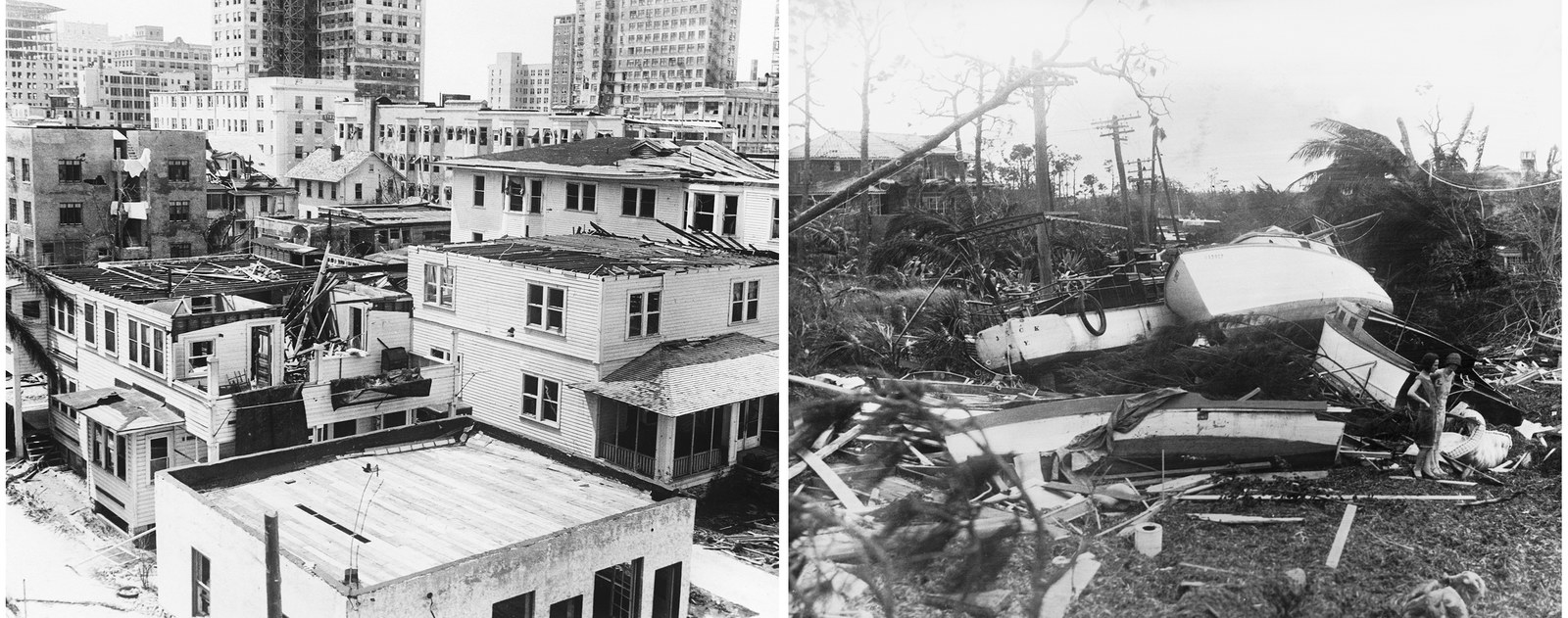
The Miami hurricane of 1926 occurred at a time of huge growth for Miami and its surrounding regions; its population nearly doubled from 42,753 in 1920 to over 100,000 by 1926. When the hurricane struck the Florida coast, it was a Category 4 storm with winds of 150 mph. During the chaos, the Miami Weather Bureau offices took a direct hit from the hurricane, resulting in the destruction of most of their equipment and leaving meteorologists with only estimates of the storm's effects.
